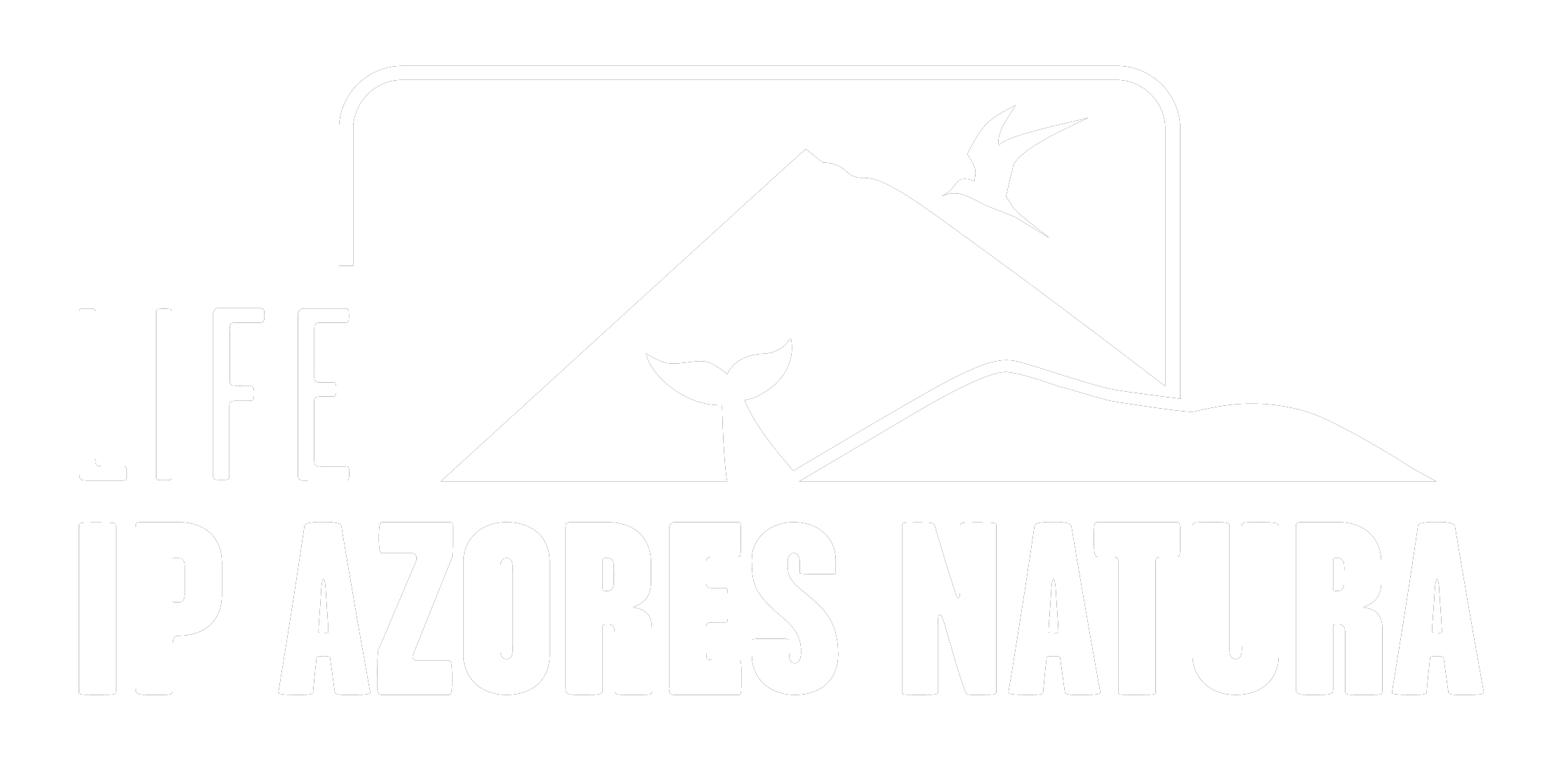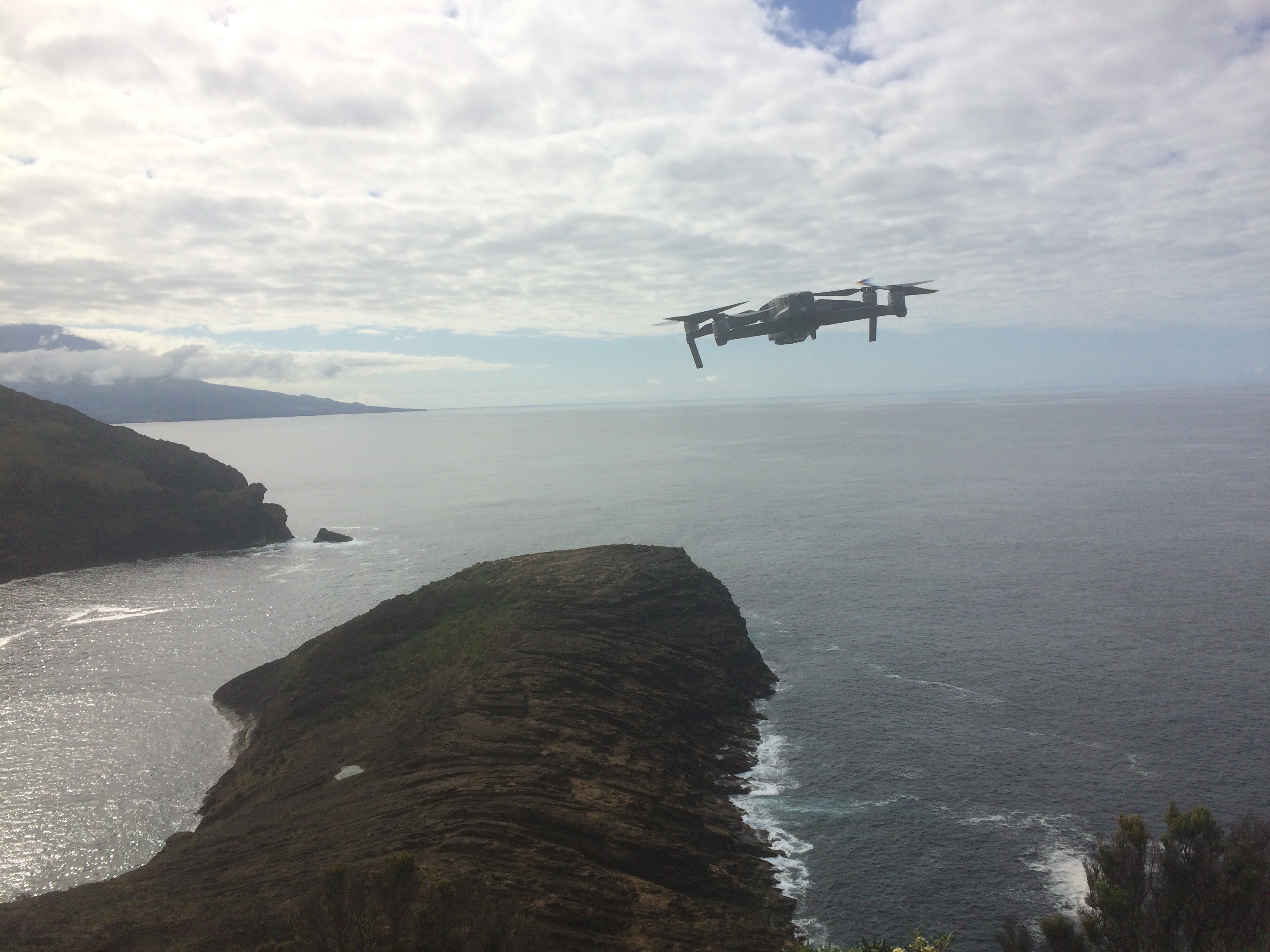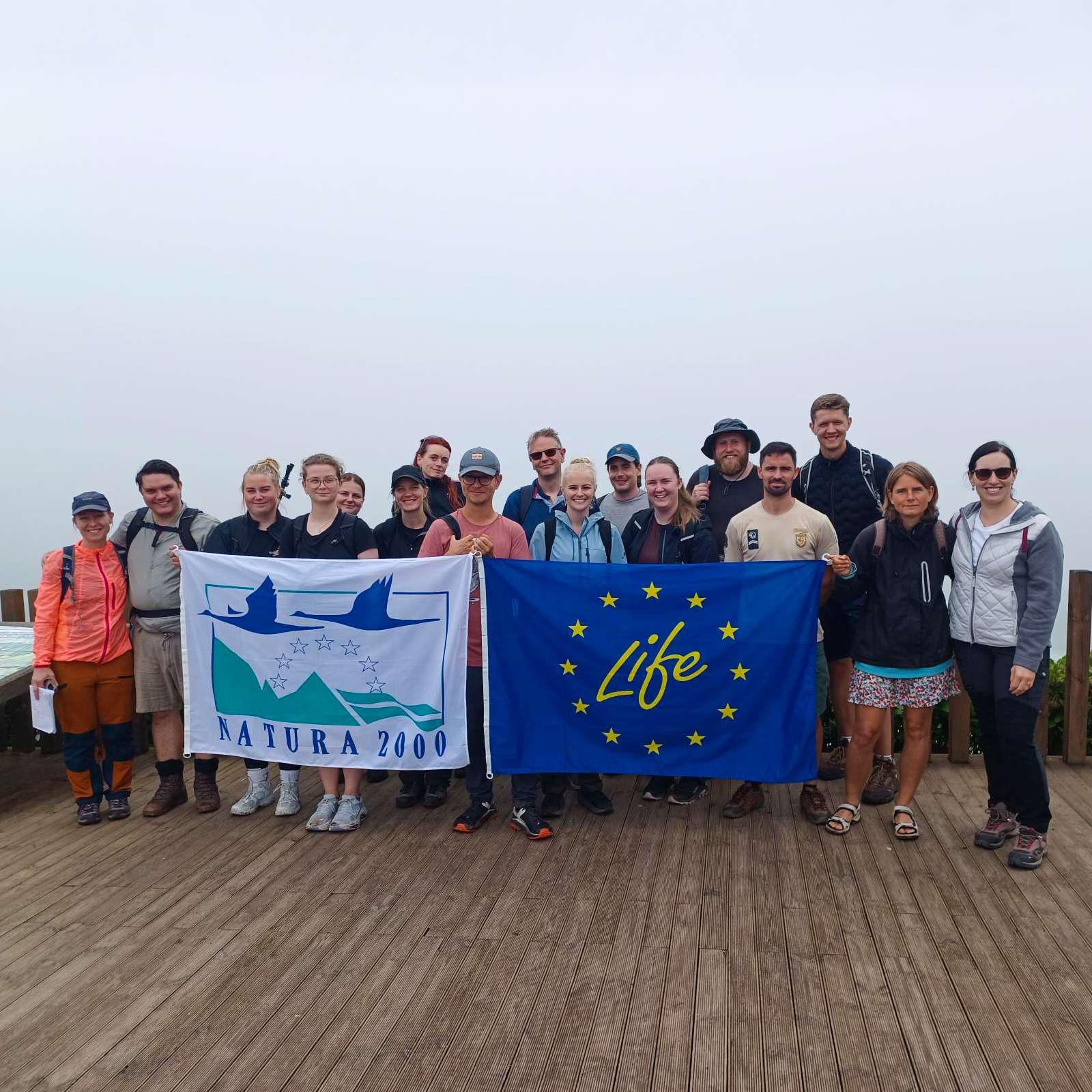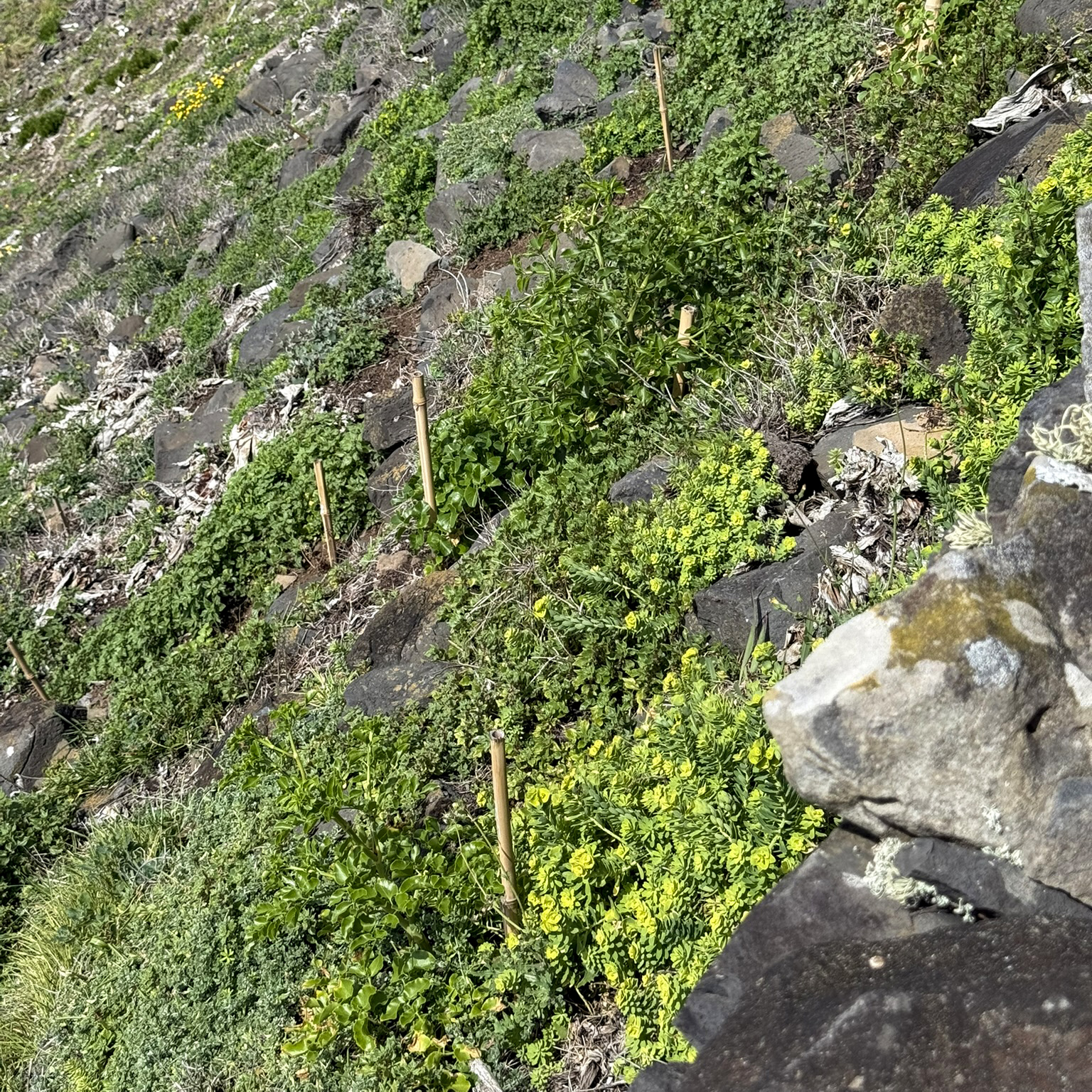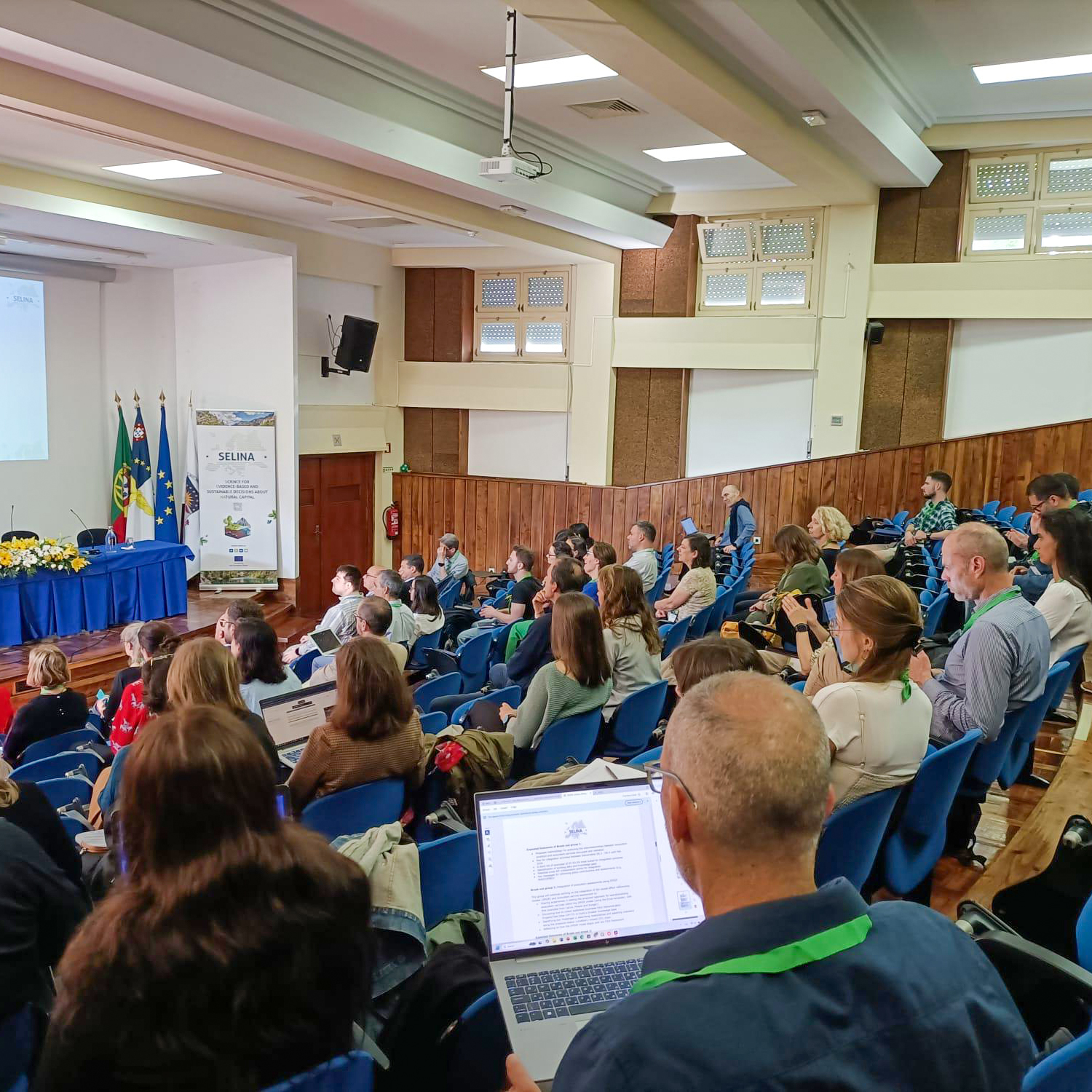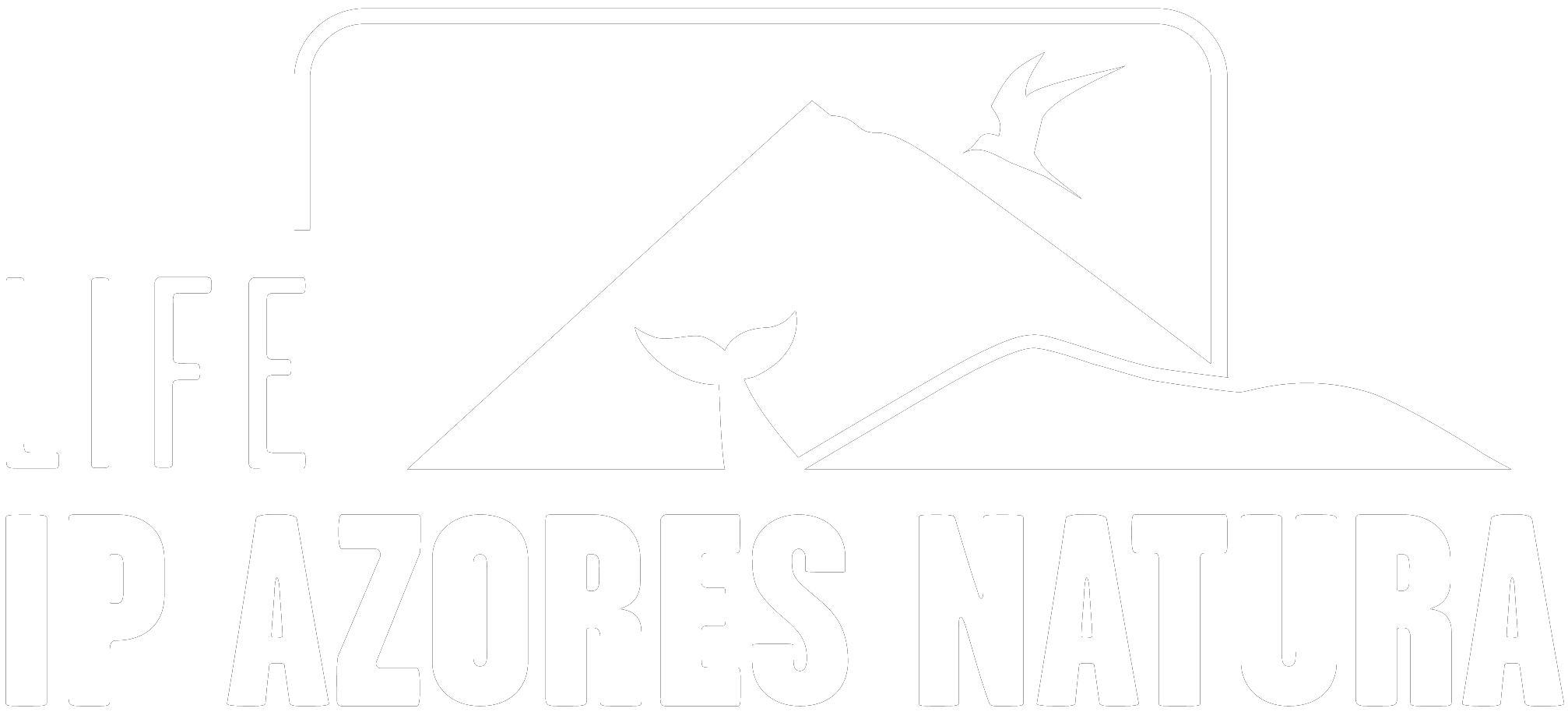This year, a team comprised of members of DRAM, DRAAC, SPEA and DOP/OKEANOS is planning to carry out a Yellow-legged Gull (Larus michahellis) survey in the whole archipelago in order to be able to determine the population trend of this species at a regional scale, compared to the regional surveys carried out in 1984 and 2004. To achieve this, we are planning to use drones in order to be able to survey otherwise inaccessible gull colonies. This week, we therefore visited the gull colony in Caldeirinhas, Faial Island, and tested the required flight height by drone that will allow for the proper identification of incubating gulls versus non-breeding gulls (immature adults and juveniles). We also conducted an actual nest count in order to be able to correlate the results of a survey conducted on foot with the results of the nest count in the aerial imagery. We counted 20 nests, with several eggs already pipping and a few hatchlings. This survey is integrated in action D5.1 “Monitoring of terrestrial habitats, species and conservation problems” of the LIFE IP AZORES NATURA project.
Refinement of the methodology used in regional gull survey
By
LIFE IP Azores Natura
|
06/05/2021
